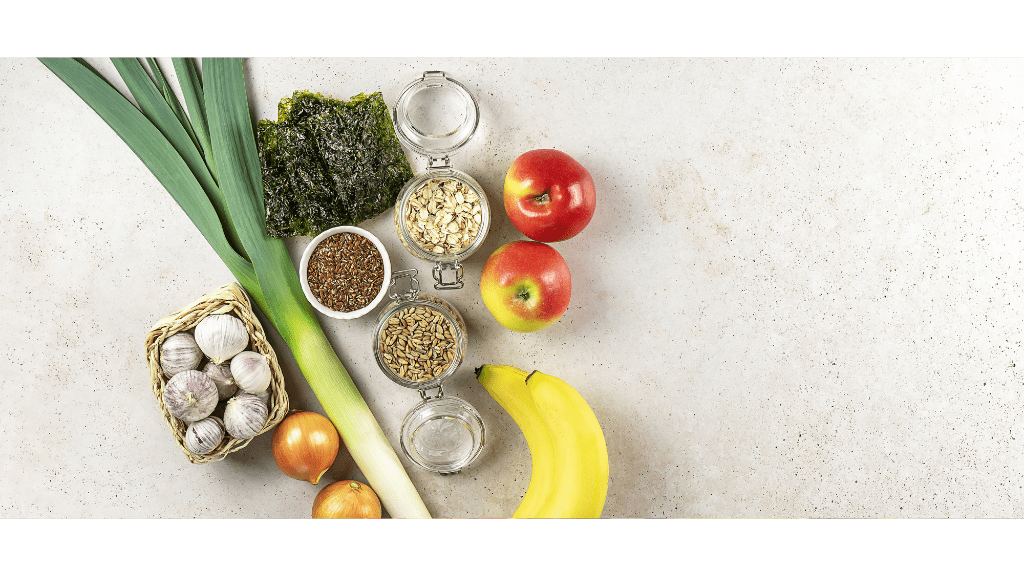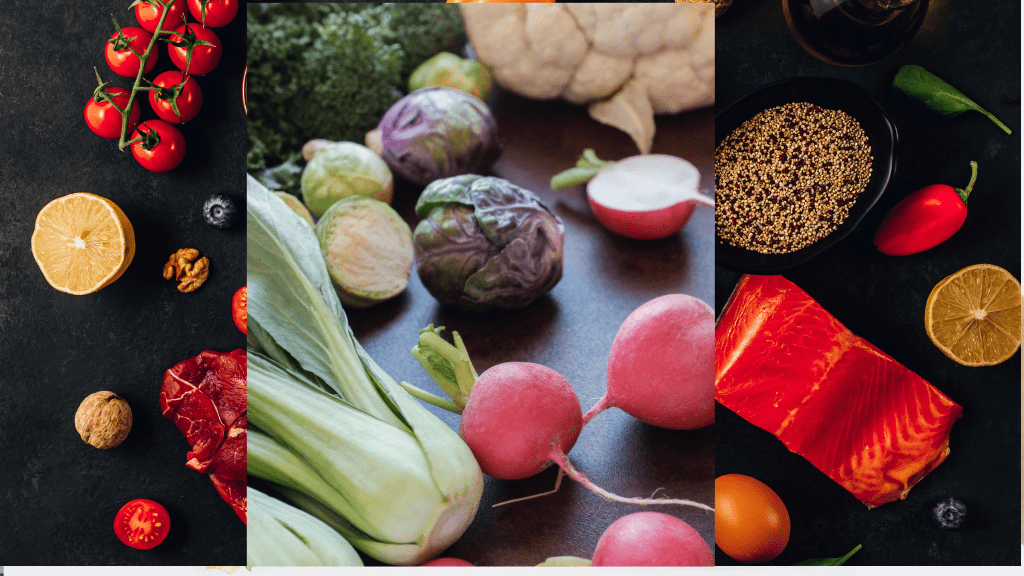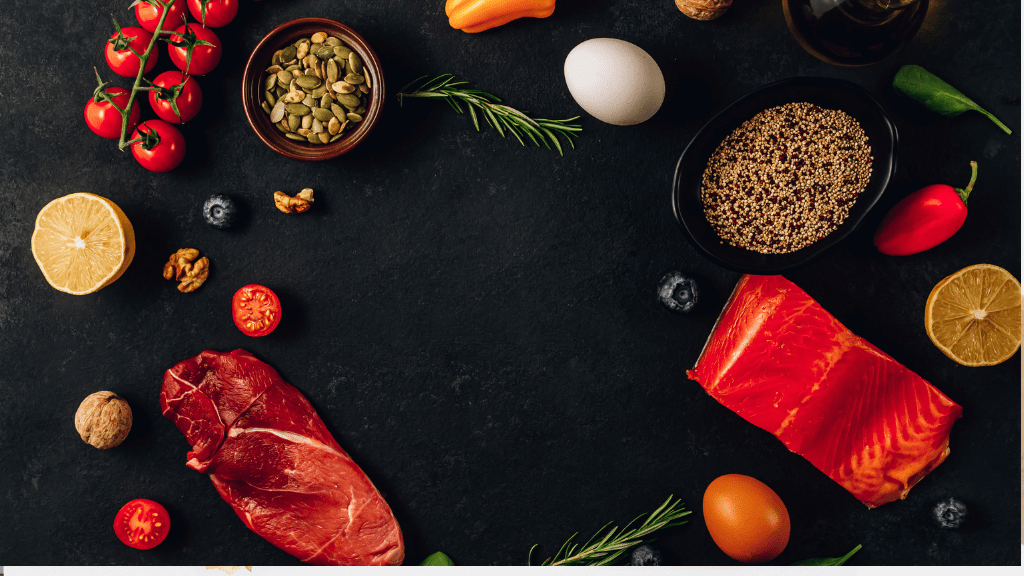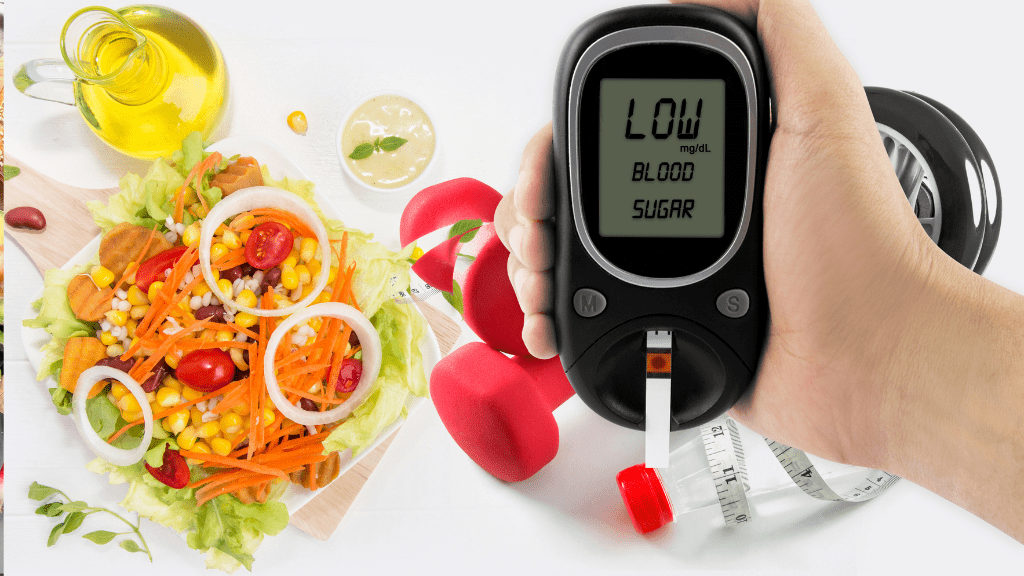Fiber is an essential part of a healthy diet, but how much do you really need? The answer isn't as simple as a one-size-fits-all number. Your age, gender, and overall health play significant roles in determining the amount of fiber you should be consuming. Understanding the importance of fiber, how much you need, and the best sources of high-fiber vegetables can help you make informed decisions about your diet and improve your overall health.
What is Fiber, and Why is it Important?
Fiber is a type of carbohydrate that your body cannot digest. Unlike other carbs, which are broken down into sugars, fiber passes through your digestive system relatively intact. This unique characteristic of fiber is what makes it so beneficial.
There are two main types of dietary fiber: soluble and insoluble. Both types are essential for different reasons:
-
Soluble fiber dissolves in water to form a gel-like substance. It helps lower cholesterol levels and regulate blood sugar. Common sources include oats, beans, and some fruits.
-
Insoluble fiber does not dissolve in water. It adds bulk to your stool and helps food pass more quickly through the stomach and intestines, aiding in digestion and preventing constipation. Whole grains, nuts, and vegetables like carrots and celery are rich in insoluble fiber.
Fiber plays a crucial role in maintaining digestive health, reducing the risk of heart disease, managing weight, and even lowering the risk of certain cancers. However, despite its many benefits, most people don't get enough fiber in their diets.
How Much Fiber Do You Need?
The recommended daily intake of fiber varies based on age, gender, and other factors. According to the Institute of Medicine, the general guidelines are:
-
Men under 50: 38 grams per day
-
Men over 50: 30 grams per day
-
Women under 50: 25 grams per day
-
Women over 50: 21 grams per day
These recommendations are based on studies that show a higher fiber intake is associated with a reduced risk of several chronic diseases, including heart disease, diabetes, and certain types of cancer. However, these numbers are not hard and fast rules. Individual needs may vary, especially if you have specific health conditions or dietary requirements.
Signs You're Not Getting Enough Fiber
If you're not getting enough fiber, your body will likely give you some warning signs. Common symptoms of low fiber intake include:
-
Constipation: Fiber adds bulk to your stool and helps it pass through your digestive system. Without enough fiber, you may experience constipation.
-
Feeling Hungry After Eating: Fiber-rich foods take longer to digest, helping you feel fuller for longer. If you find yourself constantly hungry, it might be due to a lack of fiber.
-
High Cholesterol Levels: Soluble fiber helps to reduce cholesterol levels by binding to cholesterol in the digestive system and removing it from the body.
-
Weight Gain: A diet low in fiber may contribute to weight gain, as fiber helps regulate your appetite and can prevent overeating.
If you're experiencing these symptoms, it might be time to evaluate your fiber intake and make some changes to your diet.
High-Fiber Vegetables to Incorporate into Your Diet
One of the best ways to increase your fiber intake is by incorporating more high-fiber vegetables into your diet. Vegetables are not only rich in fiber but also packed with vitamins, minerals, and antioxidants that are essential for overall health. Here are some of the best high-fiber vegetables to include in your meals:
1. Broccoli
Broccoli is a nutritional powerhouse and a great source of fiber. One cup of cooked broccoli contains about 5 grams of fiber. It's also rich in vitamin C, vitamin K, and folate. You can enjoy broccoli steamed, roasted, or added to soups and salads.
2. Carrots
Carrots are not only crunchy and delicious but also high in fiber. A medium-sized carrot contains about 2 grams of fiber. Carrots are also an excellent source of beta-carotene, which is converted into vitamin A in the body. Enjoy them raw, roasted, or in a stir-fry.
3. Brussels Sprouts
Brussels sprouts are packed with fiber, with about 4 grams per cup of cooked sprouts. They are also rich in vitamins C and K and contain powerful antioxidants. Roast them with a bit of olive oil and garlic for a tasty side dish.
4. Artichokes
Artichokes are one of the highest-fiber vegetables, with about 10 grams of fiber per medium-sized artichoke. They are also a good source of folate and vitamin C. Artichokes can be steamed, grilled, or added to salads and pasta dishes.
5. Sweet Potatoes
Sweet potatoes are a delicious and nutritious source of fiber. A medium-sized sweet potato with the skin on contains about 4 grams of fiber. They are also rich in beta-carotene, vitamins C and B6, and potassium. Roast them, mash them, or add them to soups and stews.
6. Spinach
Spinach is a versatile leafy green that's high in fiber. One cup of cooked spinach contains about 4 grams of fiber. Spinach is also rich in iron, calcium, and vitamins A and C. Add it to salads, smoothies, or sauté it as a side dish.
Tips for Increasing Fiber Intake
Incorporating more high-fiber vegetables into your diet doesn't have to be difficult. Here are some tips to help you boost your fiber intake:
-
Start Your Day with Fiber: Begin your day with a high-fiber breakfast, such as oatmeal topped with fruits and nuts. You can also add vegetables like spinach or kale to your morning smoothie.
-
Snack on Vegetables: Instead of reaching for processed snacks, opt for raw vegetables like carrots, cucumbers, or bell peppers. Pair them with hummus or a yogurt-based dip for added flavor.
-
Add Vegetables to Every Meal: Make it a habit to include at least one high-fiber vegetable in every meal. Add leafy greens to your sandwiches, bulk up your soups with vegetables, or top your pizza with extra veggies.
-
Experiment with Cooking Methods: Try roasting, steaming, or grilling your vegetables to bring out different flavors and textures. This can make eating vegetables more enjoyable and help you incorporate more of them into your diet.
-
Gradually Increase Fiber Intake: If you're not used to eating a lot of fiber, increase your intake gradually to avoid digestive discomfort. Drink plenty of water to help the fiber move through your digestive system smoothly.
FAQs About
1. Why is fiber important for digestive health?
Fiber is crucial for digestive health because it helps regulate the movement of food through the digestive tract. Insoluble fiber adds bulk to the stool, making it easier to pass, which helps prevent constipation. Soluble fiber slows down digestion, which can help with nutrient absorption and prevent blood sugar spikes.
2. What are some signs that I might not be getting enough fiber?
Common signs of low fiber intake include constipation, feeling hungry soon after eating, weight gain, and high cholesterol levels. If you experience these symptoms, you may need to increase your intake of high-fiber foods.
3. How can I incorporate more high-fiber vegetables into my diet?
You can incorporate more high-fiber vegetables into your diet by adding them to your meals and snacks. Start your day with a vegetable-rich smoothie, snack on raw veggies, include a salad with your lunch or dinner, and add extra vegetables to soups, stews, and casseroles.
4. Are there specific vegetables that are particularly high in fiber?
Yes, some vegetables are especially high in fiber. These include broccoli, carrots, Brussels sprouts, artichokes, sweet potatoes, and spinach. These vegetables not only provide a good amount of fiber but are also packed with essential vitamins and minerals.
5. What is the difference between soluble and insoluble fiber, and why do I need both?
Soluble fiber dissolves in water to form a gel-like substance that helps lower cholesterol and regulate blood sugar levels. Insoluble fiber does not dissolve in water and adds bulk to the stool, aiding in digestion and preventing constipation. Both types of fiber are important for overall health, as they support different aspects of digestive function.
Conclusion
Fiber is an essential part of a healthy diet, and incorporating more high-fiber vegetables into your meals is a simple and effective way to meet your daily fiber needs. By understanding how much fiber you need, recognizing the signs of low fiber intake, and making conscious choices to include more fiber-rich foods, you can improve your digestive health, reduce the risk of chronic diseases, and feel your best. Remember, small changes can lead to significant benefits over time, so start adding more fiber to your diet today!




